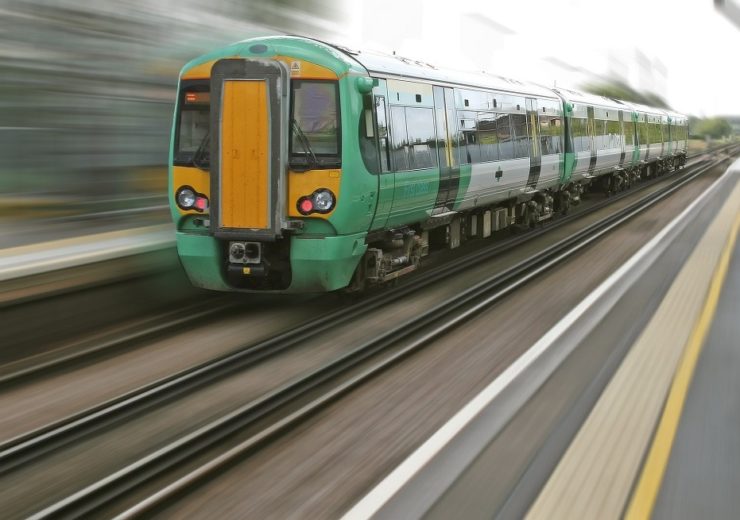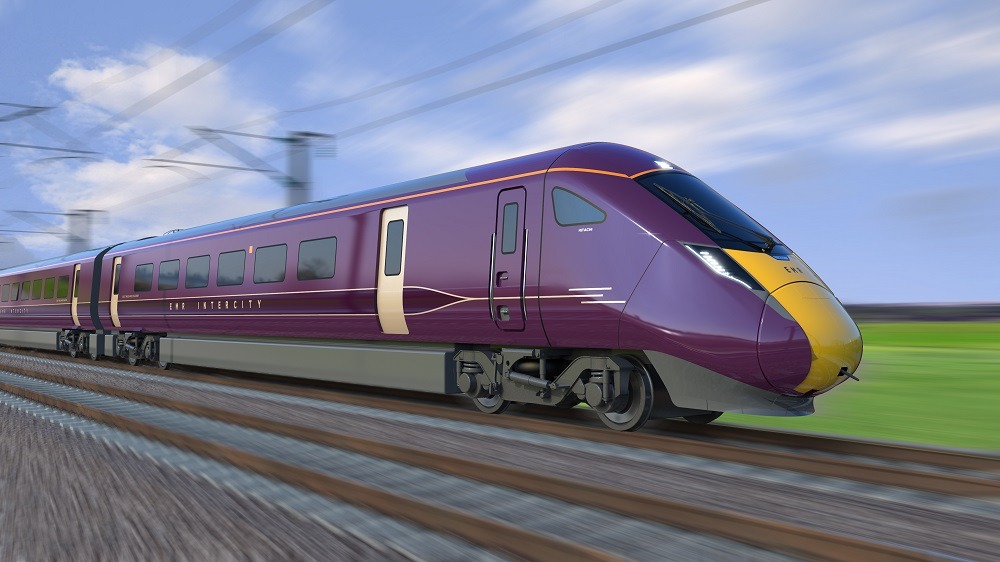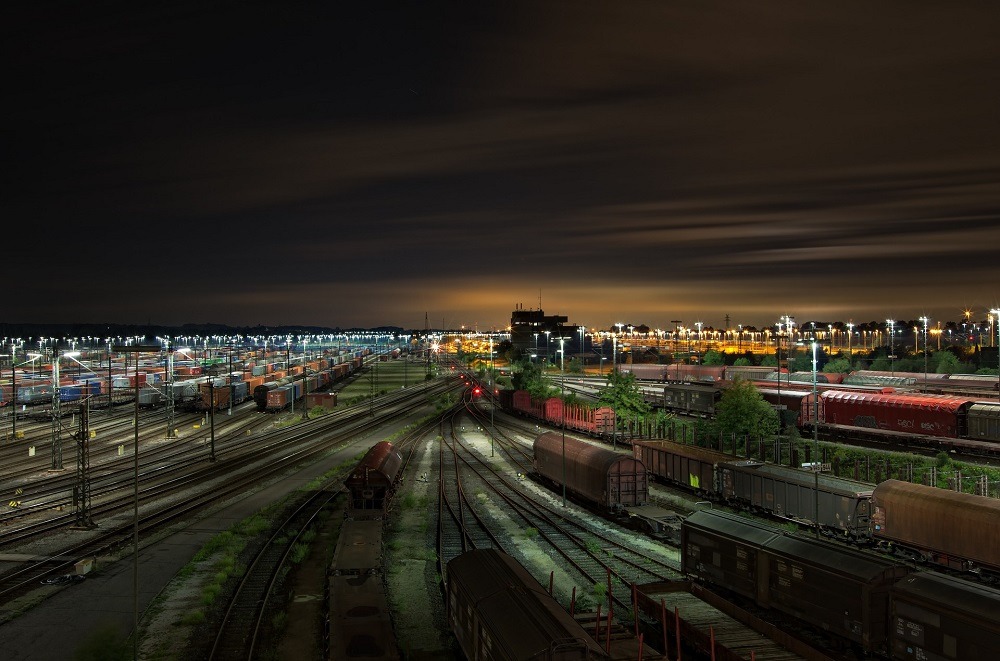HItachi Rail believes the move towards more data-driven and predictive maintenance will allow for more efficient trains

There were more than 1.7 billion passengers on UK trains in 2018/19 (Credit: Pixabay)
Established in the UK in 1999, Hitachi Rail Europe has developed and maintained trains for companies such as First Great Western and ScotRail. Thomas Parker looks at how it aims to use IoT to enable its maintenance engineers to predict potential issues.
During a 12-month period between 2018 and 2019, the UK’s railways transported 1.7 billion passengers, according to country’s Office of Rail and Road.
It’s central to the public transport mix but the amount of trains either cancelled or significantly late grew by 0.5% to 4.3% in 2018/19, with those arriving on time dropping by 1.5% to 86.3% during the same period.
In order to counteract this small but significant trend, one of the 15 train suppliers in the UK, Hitachi Rail, has embraced internet of things (IoT) technology in order to implement a predictive maintenance programme for its stock.
The IoT describes a digital environment in which almost any object is connected online, equipped with sensors that make recordings and can communicate with each other to improve processes.
Speaking at Hitachi’s NEXT conference in Las Vegas earlier this month, Hitachi Rail’s head of digital transformation and IT delivery Phillip Hewlett explained: “Maintenance is very labour-intensive and resource-heavy.
“It also requires visual inspections and functional checks, whether we need them or not.
“It’s actually worse than just being inefficient at times by changing a healthy component with one off the shelf.
“It may have a manufacturing flaw or defect, and the fitting of it may not be quite right, so you are actually injecting a risk of failure by changing a good component for a different one.
“We can use data to analyse the condition of systems, give a health index of a system based on the equipment’s performance, and use data to replace that initial inspection and functionality check.”
Modern trains provide 21 billion data points over a 24-hour period
Maintenance on most diesel locomotives currently used on the railways usually takes about eight to ten hours and is traditionally conducted once a month.
In order to curb intrusive inspection, the philosophy at Hitachi Rail is data-driven, working closely with customers to develop a maintenance programme that doesn’t require trains to be taken off the track.
This kind of analysis is conducted from design outset, undertaking assessments on trains to test the reliability of each unit to ensure it meets the necessary performance requirements.

Once on the railway, Hitachi Rail collects 21 billion data points found on a modern train over the course of a 24-hour period, which can be used to discover faults.
Hewlett said: “We can drive down the rate of faults in operations and make sure that passengers get home on time.
“More often, we can reduce planned and unplanned downtime, which means there are more trains available for passengers.
“And we can make maintenance more effective and more efficient, lowering the cost of ownership and reducing the costs facing the whole sector.”
In order to make the data collated as useful for the people working on the trains as possible, the team at Hitachi Rail envision a more collaborative process between the technology and engineers.
Hewlett said: “On the train, we have that very rich data set that can give us the insight we need into the condition as much as the performance.
“On the ground, we have the storage and processing power, and then we have expertise to go with that as well.
“And then we’ve got data scientists and engineers, who could harness and analyse that data.
“We’ve also got the engineers who understand train design in great detail. All that contributes to what we need to get success in this project.”
Hitachi Rail using machine learning to develop predictive maintenance on trains
Coinciding with the company looking into effective data analytics, Hitachi Rail has also tested use of machine learning to analyse faults, assessing it on train doors.
Machine learning is a type of artificial intelligence that involves algorithms and statistical models being used by a computer to perform tasks without being explicitly programmed, and improving over time through automatically learning from results.
“Why train doors? This is a very important train component for the maintenance teams,” explained Hitachi Vantara senior data scientist Anna Rumyantseva.
“They published data on reported delays to technical failures, and the second most common cause these delays was in doors and door systems.

“Another important consideration is that we have many sensors around those systems, so we collect a very rich data set and it’s a well-known issue for the maintenance team.”
Critical to the use of machine learning in this context is inputting the common trends into the models found when the train doors become faulty.
Hewlett said: “What we couldn’t do is take 420 data points that transfer the value and say ‘please look at that and find a correlation’.
“However, because we maintain the trains, we keep very detailed records of all the faults that occur, which doors failed, what time, which day, what the diagnosis was and what the cause of that failure was.
“We need to feed the modelling with the right engineering input in order to get the right outcome to give something useful to use.”


